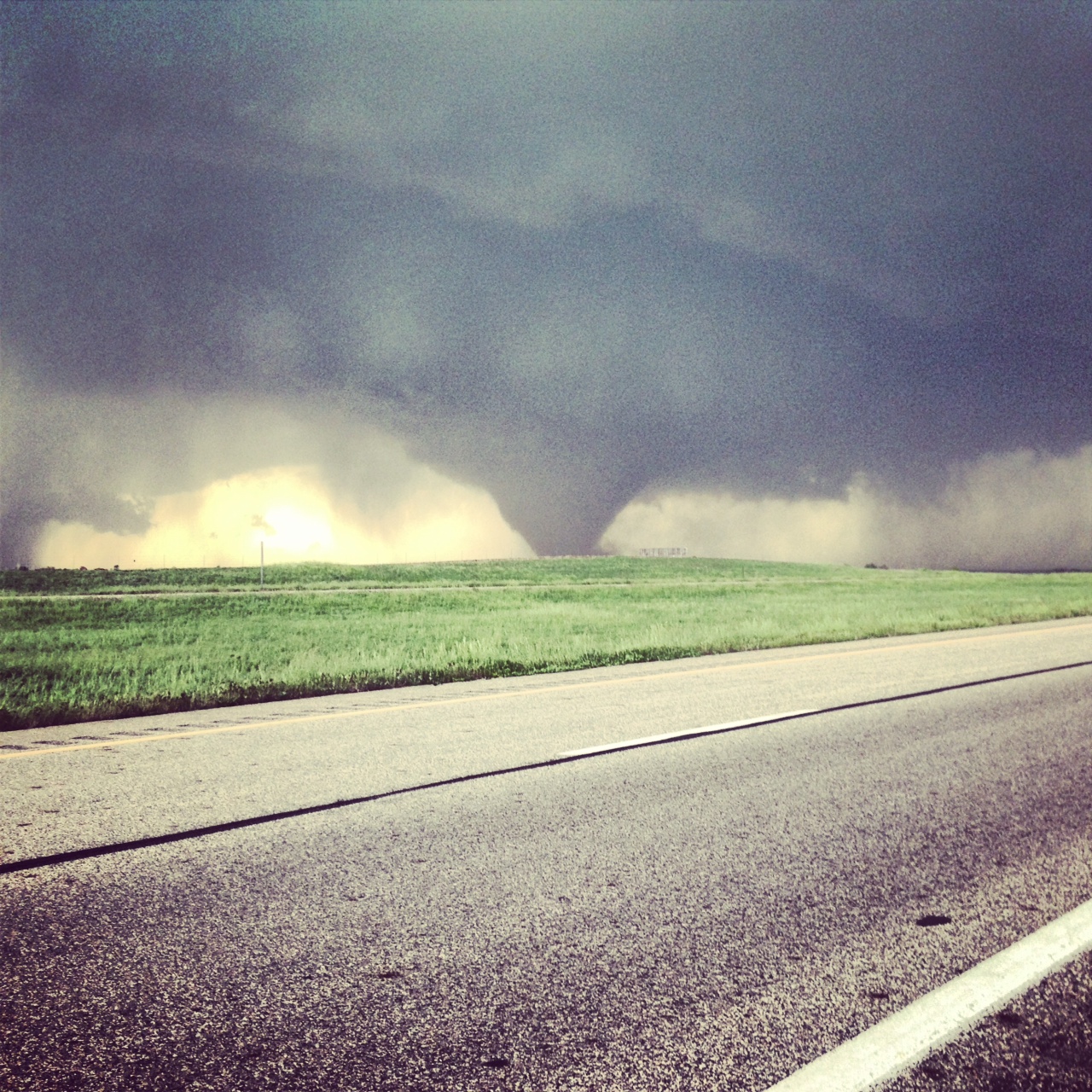
The Bennington tornado, a destructive force that tore through the heart of the town on [date], left an unforgettable mark on its history. This powerful tornado, born from a volatile convergence of meteorological conditions, unleashed its fury, causing widespread devastation and forever etching its name in the annals of meteorological events.
The tornado’s path of destruction extended across miles, leaving a trail of shattered buildings, uprooted trees, and downed power lines. Homes were reduced to rubble, businesses were decimated, and the community’s infrastructure was severely compromised. The aftermath of the tornado revealed the extent of its wrath, with families displaced, livelihoods disrupted, and the town’s fabric torn.
Bennington Tornado: Overview

The Bennington tornado was a powerful and destructive tornado that struck the town of Bennington, Oklahoma, on May 22, 1955. The tornado was rated F5 on the Fujita scale, making it one of the most intense tornadoes ever recorded in the United States.
The tornado formed as part of a larger outbreak of tornadoes that occurred across the Great Plains on May 22. The Bennington tornado was the strongest of these tornadoes, and it caused widespread damage in the town. The tornado destroyed over 100 homes and businesses, and it killed 10 people.
Impacts and Damages, Bennington tornado
The Bennington tornado caused widespread damage in the town. The tornado destroyed over 100 homes and businesses, and it killed 10 people. The tornado also caused significant damage to the town’s infrastructure, including the power grid and water system.
The response to the tornado was swift and effective. The National Guard was called in to help with the cleanup efforts, and the Red Cross provided food and shelter to the victims. The town of Bennington was able to rebuild quickly, and it is now a thriving community.
Scientific Analysis
The Bennington tornado was a powerful and destructive tornado. The tornado was rated F5 on the Fujita scale, making it one of the most intense tornadoes ever recorded in the United States.
The tornado formed as part of a larger outbreak of tornadoes that occurred across the Great Plains on May 22. The Bennington tornado was the strongest of these tornadoes, and it caused widespread damage in the town.
The Bennington tornado was a classic example of a supercell thunderstorm. Supercell thunderstorms are characterized by their rotating updrafts, which can produce tornadoes. The Bennington tornado was also a long-tracked tornado, traveling over 50 miles before dissipating.
Cultural and Historical Significance
The Bennington tornado is a significant event in the history of Oklahoma. The tornado was one of the most destructive tornadoes ever recorded in the state, and it caused widespread damage and loss of life.
The Bennington tornado has been the subject of numerous books, articles, and documentaries. The tornado has also been featured in popular culture, including in the movie “Twister”.
Final Wrap-Up

The Bennington tornado serves as a stark reminder of nature’s immense power and the fragility of human structures. Its legacy extends beyond the physical damage, leaving behind valuable lessons in disaster preparedness, resilience, and community spirit. The town’s response to the crisis, marked by collaboration, determination, and unwavering support, became a beacon of hope amidst the devastation.
As the community continues to rebuild and heal, the Bennington tornado remains a poignant chapter in its history, a testament to the resilience of its people and the transformative power of adversity.
Key Questions Answered: Bennington Tornado
What was the intensity of the Bennington tornado?
The Bennington tornado was rated as an EF4 on the Enhanced Fujita Scale, indicating winds between 166 and 200 mph.
How many people were injured or killed in the tornado?
Miraculously, there were no fatalities or serious injuries reported during the Bennington tornado.
What measures were taken to assist the community after the tornado?
In the aftermath of the tornado, a swift and coordinated response was launched, involving local authorities, emergency services, and volunteers. Immediate assistance included search and rescue operations, temporary shelter, and the distribution of essential supplies.






